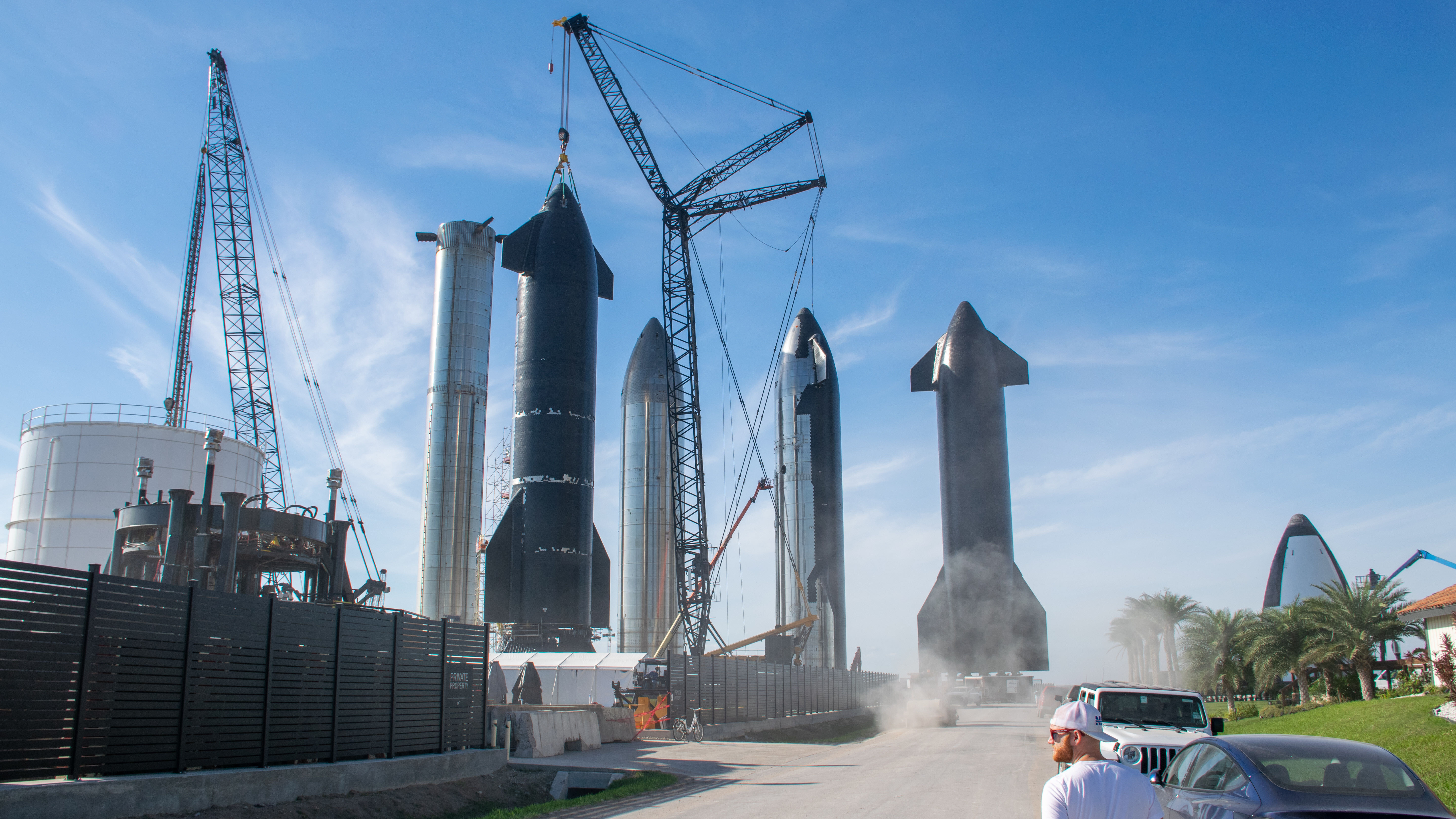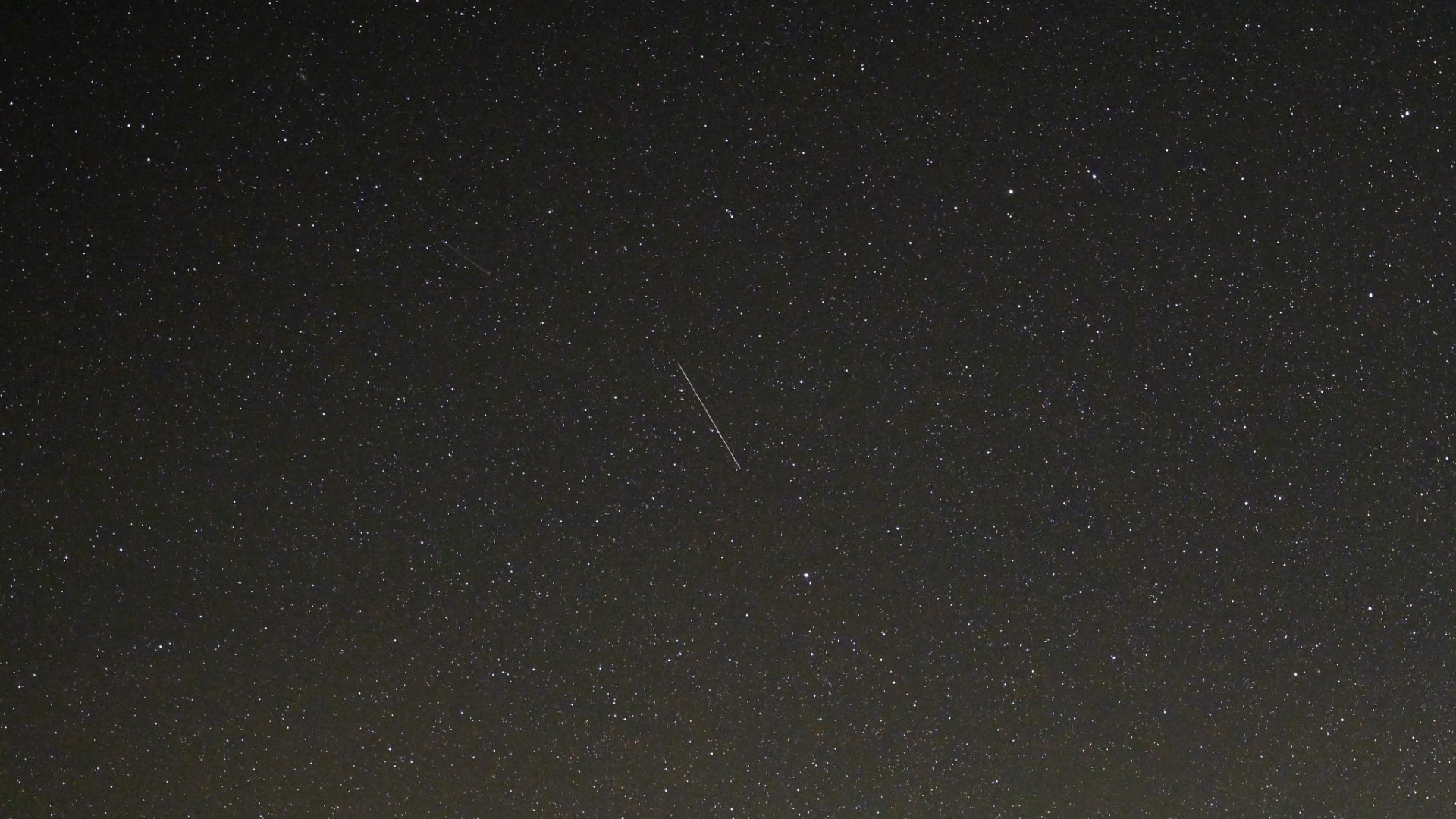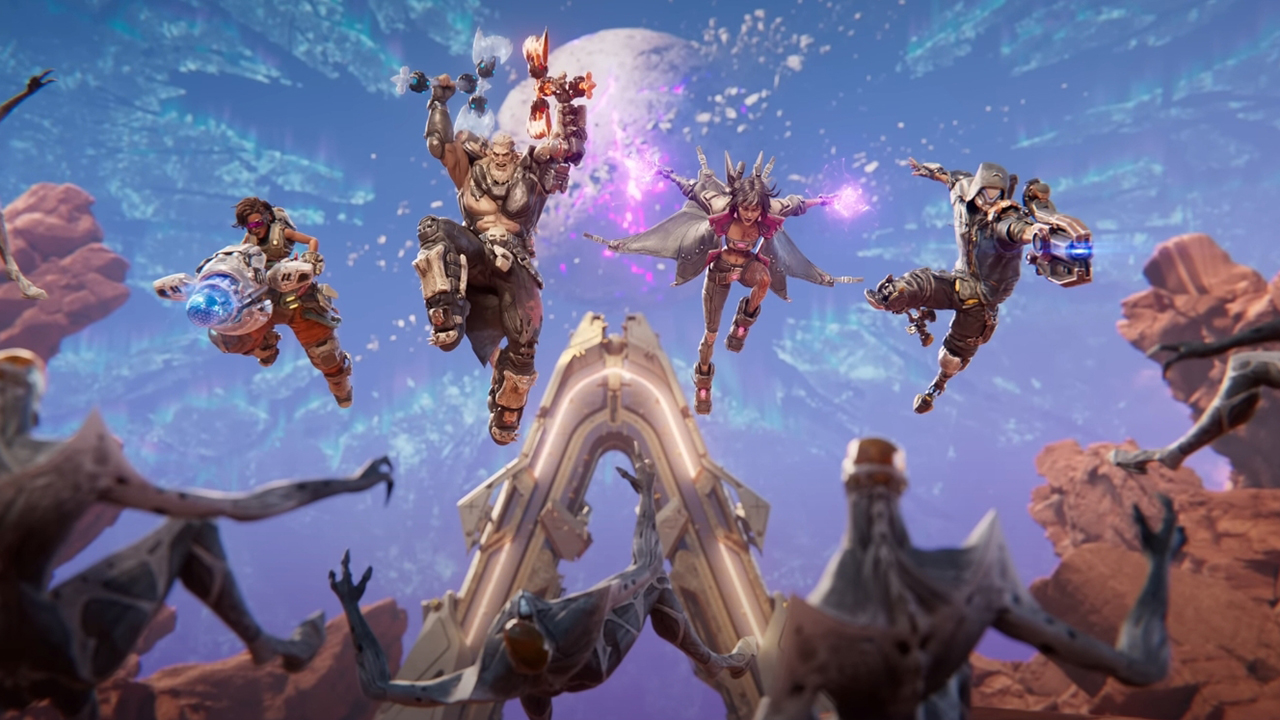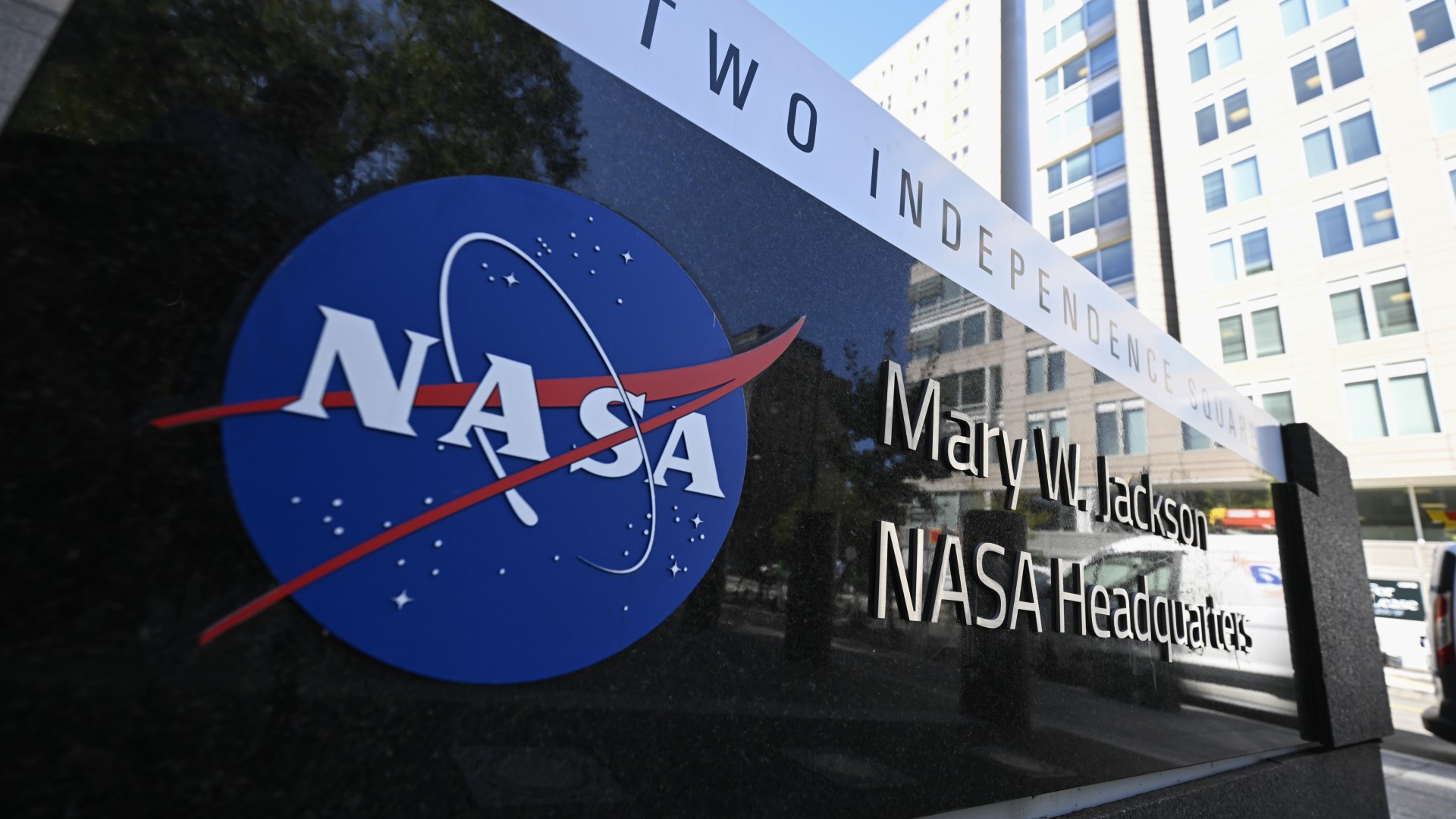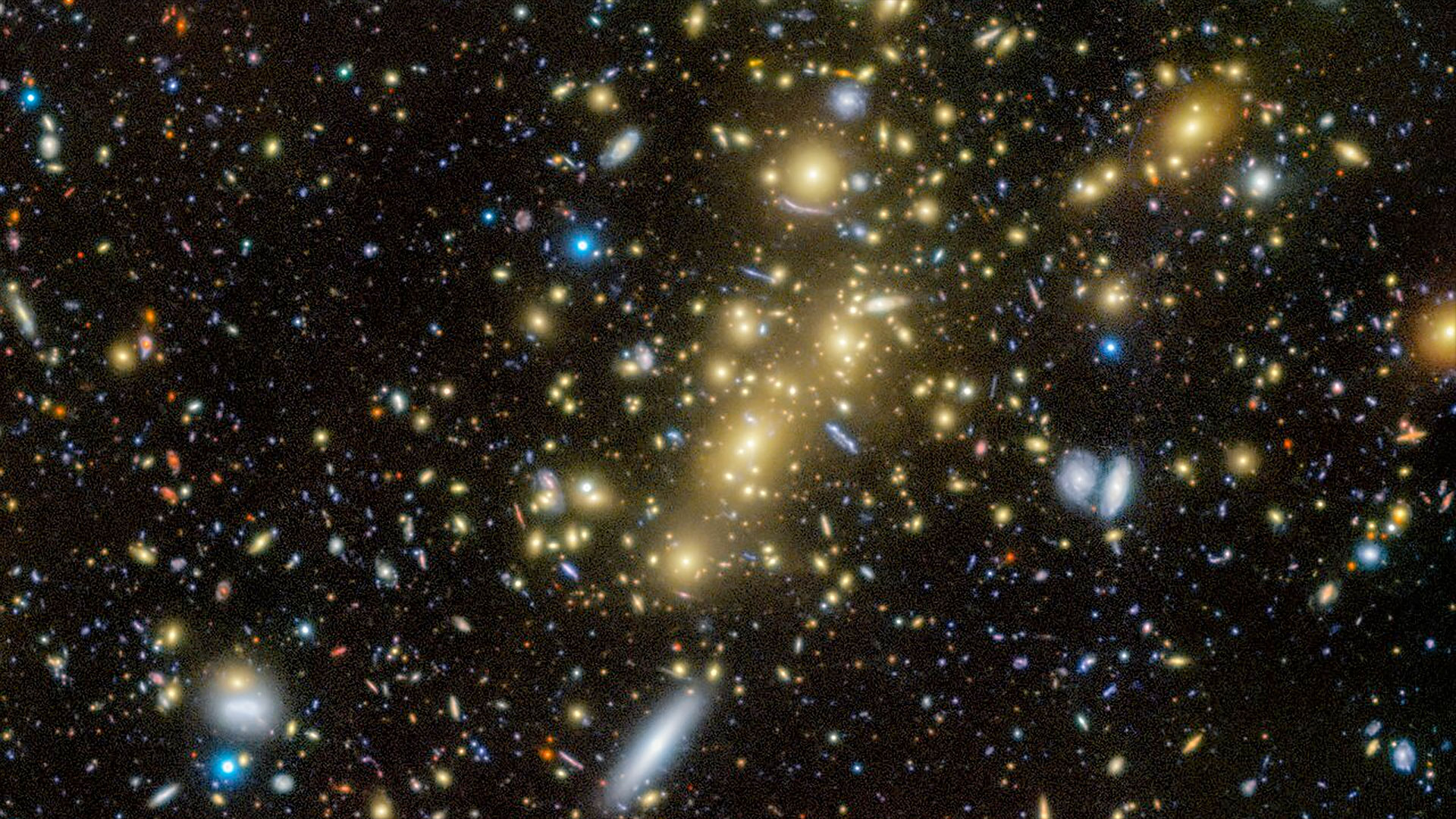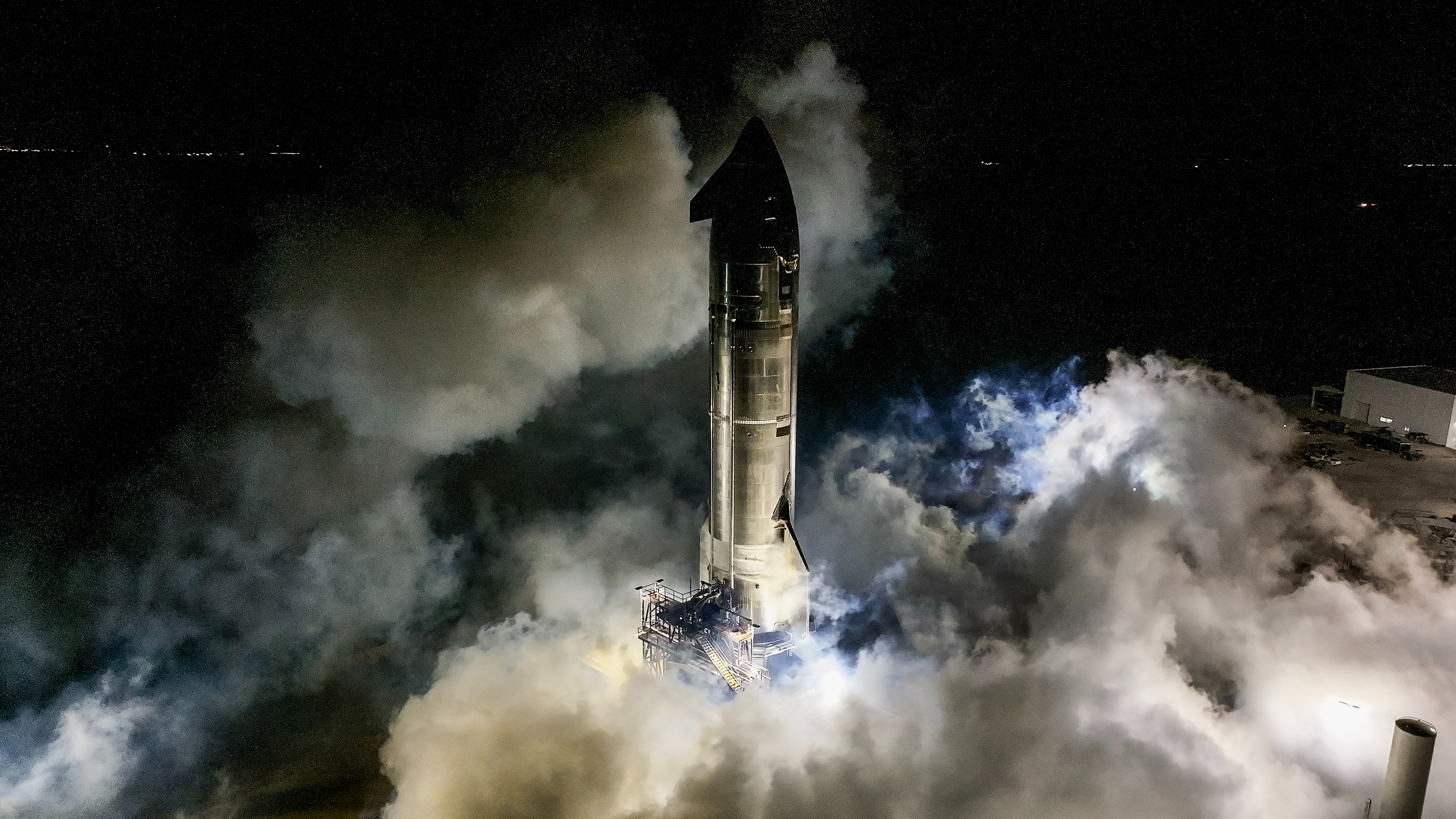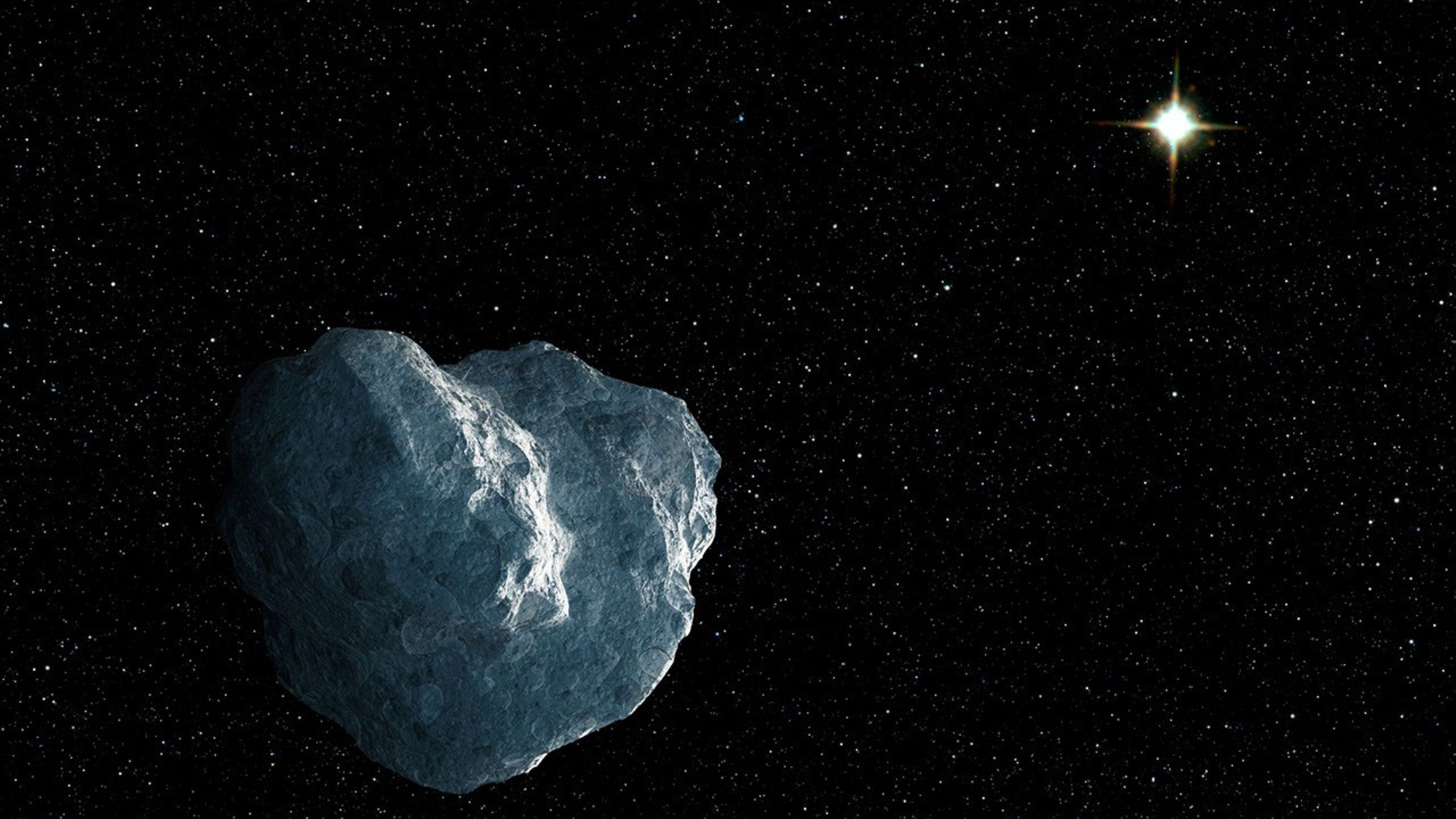European Space Agency Celebrates Women in Science with Astro Pi Challenge
Coding will become even more important in space exploration as humans explore faraway places, says a Canadian astronaut candidate in a new video.
To celebrate the International Day of Women and Girls in Science (today, Feb. 11), Jennifer Sidey-Gibbons spoke to the European Space Agency about her female role models and the importance of women in coding history.
ESA released the video to promote its Astro Pi Challenge, an ESA Education program done in collaboration with the Raspberry Pi Foundation. The program offers students the chance to do space-based scientific investigations using Raspberry Pi computers on the International Space Station (ISS).
"Coding has been integral to space exploration. It's been incredibly important, and that dates back to early lunar missions when we were in the Apollo program and Margaret Hamilton coded the lander program for Apollo 11," said Sidey-Gibbons.
Apollo 11 was the first human mission to land on the moon, and safely brought two astronauts to the lunar surface on July 20, 1969. Six other successful human moon landings followed between 1969 and 1972.
"I mean, that history is incredible," Sidey-Gibbons continued, "and we've used it before then and since then to complete so many tasks which we have automated." As the video showed the ISS Canadarm2 robotic arm manipulating a payload in space, Sidey-Gibbons said that coding remains "at the center" of tasks, even though astronauts or Mission Control may assist space robots.
"As we move forward and go and explore places that are further away, we're going to need to rely on coding new programs [and] artificial intelligence, more and more. I think that's incredibly exciting," she continued.
Get the Space.com Newsletter
Breaking space news, the latest updates on rocket launches, skywatching events and more!
Sidey-Gibbons said her main inspiration for becoming an astronaut was a female role model: former Canadian spaceflyer Roberta Bondar, a neurologist who flew on space shuttle mission STS-42 in 1992. While Sidey-Gibbons was only three years old at the time, she said she remembers how impressed her mom was – and Sidey-Gibbons even kept a scrapbook with newspaper clippings of Bondar's adventures.
Sidey-Gibbons, 30, was one of two Canadians selected in July 2017 to pursue a two-year training program with NASA, for astronaut candidates to become full astronauts eligible for spaceflight. Coincidentally, supervision of class training schedules is done by fellow Canadian astronaut Jeremy Hansen. Yet another Canadian, David Saint-Jacques, is in the middle of a six-month space mission to the ISS that began in December. Canada has its own space agency, as well as a co-operation agreement with ESA.
You can also read about more female role models in science at this NASA web page meant to inspire students to pursue careers in science, engineering, technology or math (STEM).
You can follow us @Spacedotcom and on Facebook.
Join our Space Forums to keep talking space on the latest missions, night sky and more! And if you have a news tip, correction or comment, let us know at: community@space.com.

Elizabeth Howell (she/her), Ph.D., was a staff writer in the spaceflight channel between 2022 and 2024 specializing in Canadian space news. She was contributing writer for Space.com for 10 years from 2012 to 2024. Elizabeth's reporting includes multiple exclusives with the White House, leading world coverage about a lost-and-found space tomato on the International Space Station, witnessing five human spaceflight launches on two continents, flying parabolic, working inside a spacesuit, and participating in a simulated Mars mission. Her latest book, "Why Am I Taller?" (ECW Press, 2022) is co-written with astronaut Dave Williams.

